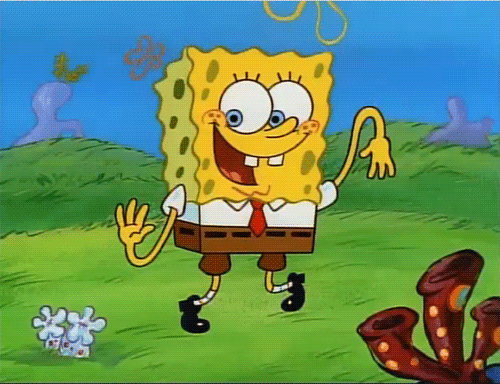Ever feel tired, lightheaded, or sick to your stomach during rehearsal? Believe it or not, you may just be dehydrated! Dehydration is one of the biggest problems we face during the summer months. If left untreated, members may experience heat exhaustion or even heat stroke, one of the top causes of death in high school athletes!
 We have to be proactive in our approach to hydration to prevent this dangerous progression. Follow these 7 tips to prevent dehydration and heat-related illnesses.
We have to be proactive in our approach to hydration to prevent this dangerous progression. Follow these 7 tips to prevent dehydration and heat-related illnesses.
1. Start Drinking Water as Soon as You Wake Up
You’re the most dehydrated in the morning, so it’s super important to start drinking water as soon as you wake up. During the hottest parts of rehearsal, especially ensemble, it can be hard to consume as much water as you need. Drinking plenty of water before these hot parts of the day can help prevent later hydration.
 2. Avoid Caffeinated Beverages
2. Avoid Caffeinated Beverages
Sorry to break it to you, but your coffees, sodas, or energy drinks can lead to dehydration. Caffeine may give you energy, but it is just a quick burst. Being hydrated helps give you energy, so drinking enough water daily can help give you long-term energy.
3. Eat Fruits and Vegetables When Possible
Fruits and vegetables are 75-96% water! Eating fruits or vegetables with your meals or snacks adds to your total water intake.
 4. Consume Liquids Even when You’re not Practicing
4. Consume Liquids Even when You’re not Practicing
There’s an old saying that goes, “You’re not drinking water for today, you’re drinking it for tomorrow.” And it’s kind of true! If you’re already dehydrated, you’re probably already feeling the bad side effects. Drinking water at times you think you don’t need it, such as after rehearsal, helps keep you hydrated at a later time.
5. Drink at Least 8 Cups of Water a Day
The general rule of thumb for how much water you need is 8 glasses of 8 ounces of water each day. There’s actually a calculation of exactly how much you need, which is at least 0.5 ounces of water per pound of body weight! That means if you weigh 150 pounds, you need 75 ounces of water a day.
This number is even greater if you are doing outdoor activity! Athletes are recommended to consume 200-300 milliliters of fluid for every 15 minutes of exercise (1). Not sure how much fluid this is? Most water bottles have markings on them for both fluid ounces and milliliters to help you judge how much you need to drink.
 6. Check the Color of your Urine
6. Check the Color of your Urine
Did you know the color of you urine can tell you how hydrated you are? Urine that is a dark yellow means you’re very dehydrated. While very light yellow to clear urine tells you that you’re hydrated.
7. Know the signs of dehydration!
The best way to know if you need more water, aside from the color of your urine, is to know the signs of dehydration. Did you know that thirst is the first sign? Feeling thirsty is your body’s first sign of telling you that you need water.
After that, the symptoms get more severe. Such as dry mouth, headache, muscle cramps, dizziness or lightheadness. If you’re feeling any of these, you need to drink more water! There are other signs of hard, fast heartbeat, dark urine, lack of sweating, or nausea/vomiting. If you feel any of these extreme signs, you need to tell a staff member!
We highly recommend you take a water break at least every 15 minutes to ensure you are getting enough fluids into your body. This will help keep your core temperature lower and decrease your risk of a heat-related illness. As always, march healthy and stay safe.
References:
1. “Infographic Handouts.” NATA, 22 June 2018, www.nata.org/practice-patient-care/infographic-handouts.

